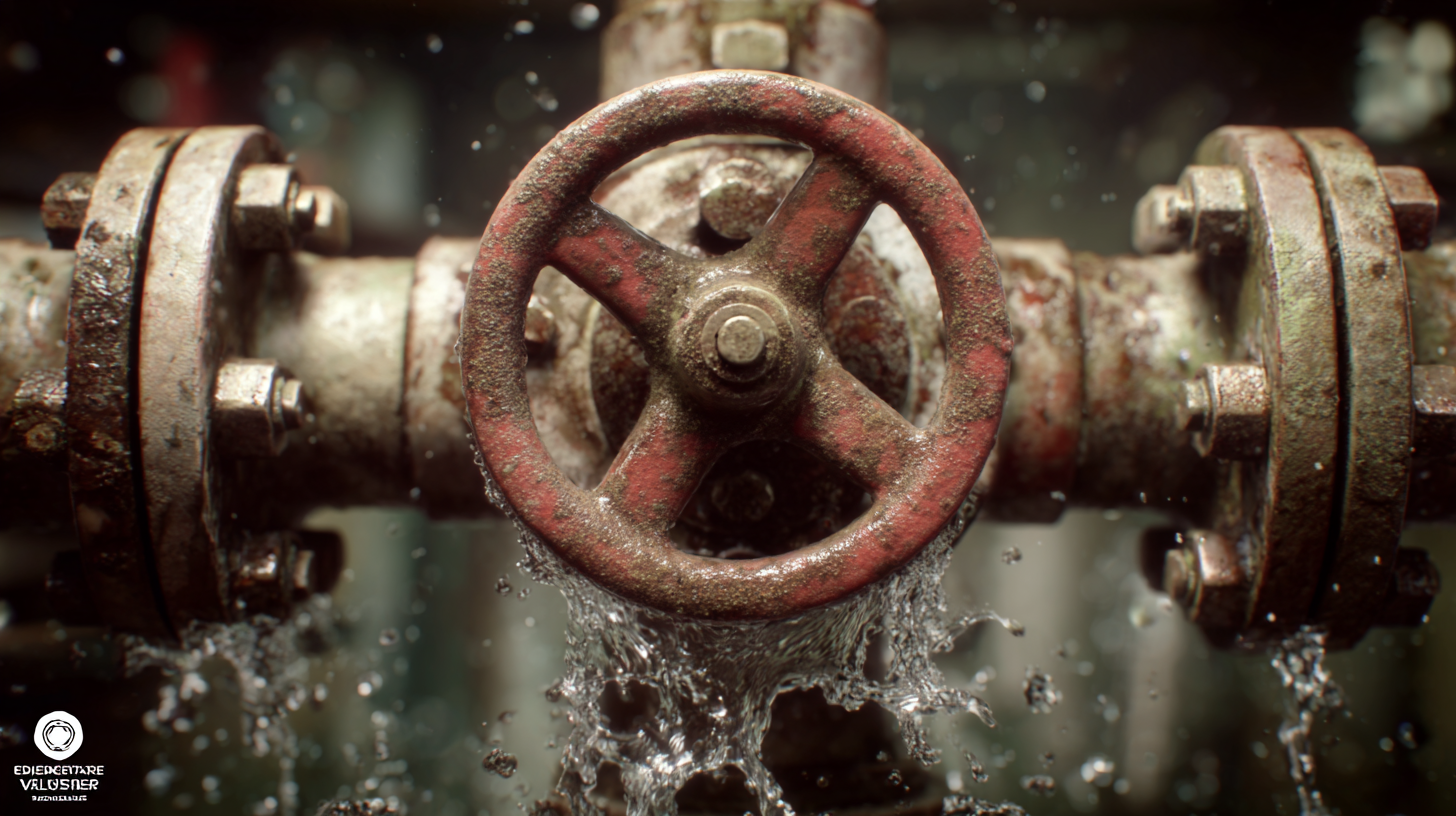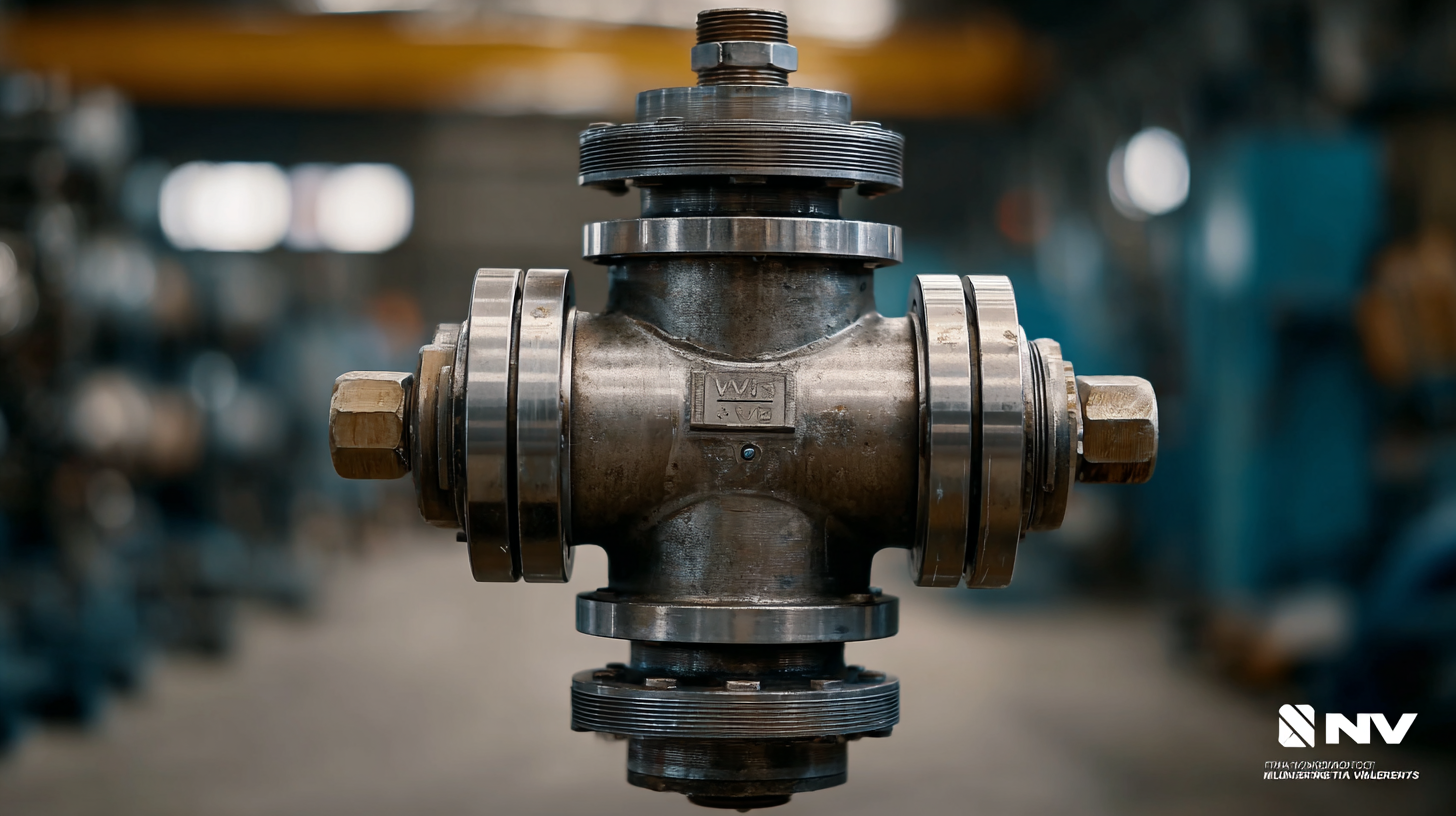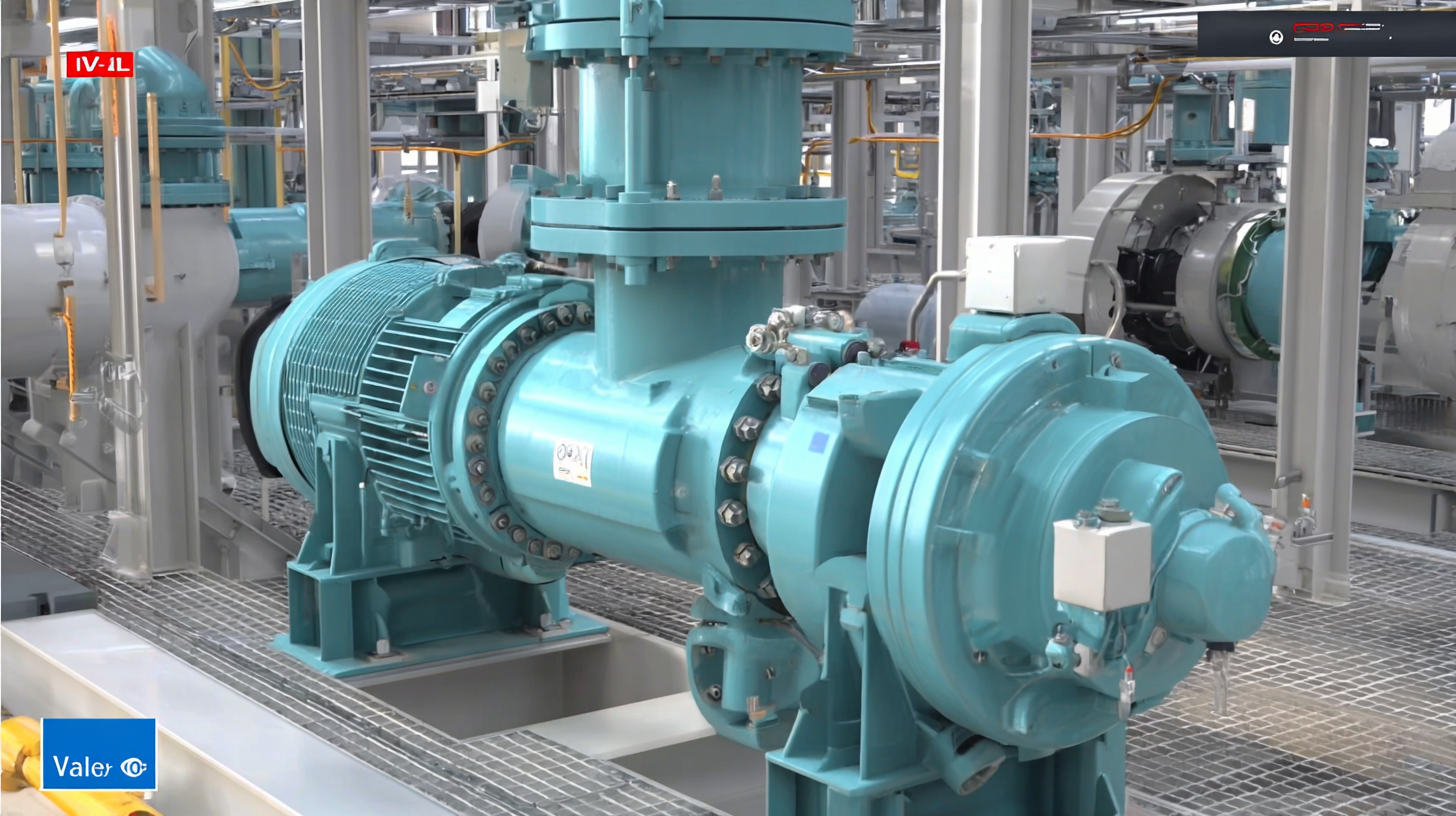Challenges with Using Best Non Return Valves in Industrial Applications
In the realm of industrial applications, the importance of Non Return Valves (NRVs) cannot be overstated, particularly in ensuring the efficiency and safety of fluid systems. According to a recent report by MarketsandMarkets, the global market for industrial valves is projected to grow to USD 91.17 billion by 2025, with NRVs playing a pivotal role in various sectors, including water treatment, oil and gas, and chemical processing. However, the integration of best practices for NRV usage poses significant challenges, primarily due to the complexities of industry standards and import-export certifications. The rise of stringent regulations and compliance requirements across regions further complicates the selection process, making it imperative for manufacturers and operators to stay informed about the latest technological advancements and regulatory changes. As industries strive for higher efficiency and reliability in their operations, understanding the nuances of Non Return Valve implementation becomes essential for overcoming these challenges and optimizing performance in diverse applications.

Challenges in Selecting Non-Return Valves: An Overview of 2025 Industry Trends
In 2025, the industrial sector is expected to face significant challenges in selecting the best non-return valves. As industries evolve, the demand for efficient fluid control systems amplifies, highlighting the need for valves that can withstand varying pressures and flow rates. One of the primary concerns is the compatibility of non-return valves with diverse fluids, especially as industries shift toward more complex, multi-phase systems. Ensuring that materials can resist corrosion or degradation while maintaining optimal performance is critical for operational efficiency.
Moreover, the integration of smart technologies into valve systems presents another layer of complexity. Manufacturers are focusing on incorporating sensors and automation into non-return valves to enhance monitoring and control capabilities. However, this advancement poses challenges in terms of standardization and interoperability amongst different systems. As organizations strive to adopt these innovative solutions, they must also navigate the intricacies of installation and maintenance, ensuring that their teams are adequately trained to handle advanced valve technologies while mitigating risks associated with failure.
Challenges with Using Best Non Return Valves in Industrial Applications - Challenges in Selecting Non-Return Valves: An Overview of 2025 Industry Trends
| Challenge | Impact Level | Frequency of Occurrence | Mitigation Strategies |
|---|---|---|---|
| Material Compatibility | High | Frequent | Conduct detailed material analyses and testing |
| Pressure Ratings | Medium | Occasional | Ensure compliance with ANSI/ASME standards |
| Installation Space Constraints | High | Regular | Adopt compact valve designs |
| Maintenance Requirements | Medium | Occasional | Implement predictive maintenance schedules |
| Cost of Implementation | High | Frequent | Evaluate total lifecycle costs |
Impact of Material Selection on Non-Return Valve Performance in Industrial Applications
The choice of material in non-return valves is critical to their performance in industrial applications. Different environments present various challenges such as exposure to corrosive substances, extreme temperatures, and fluctuating pressures. Selecting the right material can enhance valve durability and efficiency significantly. For instance, stainless steel is favored in many applications due to its resistance to rust and corrosion, making it suitable for processes involving harsh chemicals.
Moreover, the compatibility of the valve material with the fluid it regulates cannot be overlooked. Some materials may react adversely with certain chemicals, leading to degradation and valve failure. For example, rubber seals might be effective in standard conditions but could deteriorate when exposed to specific solvents. In contrast, options such as Teflon and specialized polymers may offer better longevity and reliability under challenging conditions. Ultimately, careful material selection is imperative to ensure optimal performance and minimize disruptions in industrial operations.
Effectiveness of Non-Return Valves in Preventing Backflow: Key Industry Statistics
Non-return valves, also known as check valves, play a crucial role in industrial applications by preventing backflow and ensuring fluid management efficiency. The effectiveness of these valves is underscored by industry statistics indicating that improper backflow can lead to significant operational disruptions and economic losses. In industries such as oil and gas, water treatment, and pharmaceuticals, the inability to control fluid direction can result in contamination risks, equipment damage, and safety hazards. Reports suggest that implementing efficient non-return valves can reduce these risks by up to 40%, highlighting their importance in maintaining system integrity.

Moreover, effectiveness varies with the type and design of non-return valves used. For instance, spring-loaded check valves are often preferred for lower pressure applications, allowing for quick response to reverse flow. In contrast, more robust designs like lever-operated check valves are essential for high-pressure systems. According to industry analyses, the right selection of non-return valves can enhance overall system reliability by ensuring that backflow incidents are minimized, leading to smoother operations and lower maintenance costs. Understanding these dynamics is key for engineers and decision-makers in selecting the best non-return valves tailored to their specific industrial needs.
Technological Innovations in Non-Return Valves and Their Applications by 2025
As we approach 2025, the landscape of non-return valve technology is poised for significant transformation, driven by innovations that enhance performance and application versatility. Historically, these valves have faced challenges, particularly in industrial settings where reliability under varying pressure conditions is crucial. The latest advancements illustrate a movement towards smart technologies that not only improve operational efficiency but also integrate seamlessly with modern automation systems.

One notable trend is the emergence of smart non-return valves equipped with sensors and connectivity features, enabling real-time monitoring and predictive maintenance. This innovation addresses previous limitations by providing insights into valve conditions and performance, thus minimizing downtime and operational hiccups. Additionally, the application of advanced materials is enhancing the longevity and functionality of these valves, making them suitable for diverse environments, including those impacted by harsh chemicals or extreme temperatures.
As these technologies evolve, they promise to redefine the standards for non-return valves in industrial applications, ensuring their role as crucial components in fluid management systems.
Addressing Common Maintenance Challenges Associated with Non-Return Valves in Industry
In industrial applications, non-return valves play a crucial role in ensuring the unidirectional flow of fluids, but they come with their own set of maintenance challenges. One common issue is the buildup of debris and sediment within the valve, which can lead to malfunction or leakage. Regular inspection and cleaning are essential to prevent blockages that could compromise the system's efficiency. Operators must establish a routine maintenance schedule to check for signs of wear and tear, particularly in high-pressure environments where the risk of failure could have significant ramifications.
Another challenge is the need for proper selection and installation of non-return valves. Using the wrong type or size can result in operational inefficiencies or even catastrophic failures. Ensuring that the valves are compatible with the specific media they handle is vital. Additionally, training staff on the correct installation procedures and providing ongoing education about best practices can significantly reduce the frequency of maintenance issues. By addressing these common challenges head-on, industries can enhance the reliability and longevity of their non-return valves, ultimately improving overall system performance.
